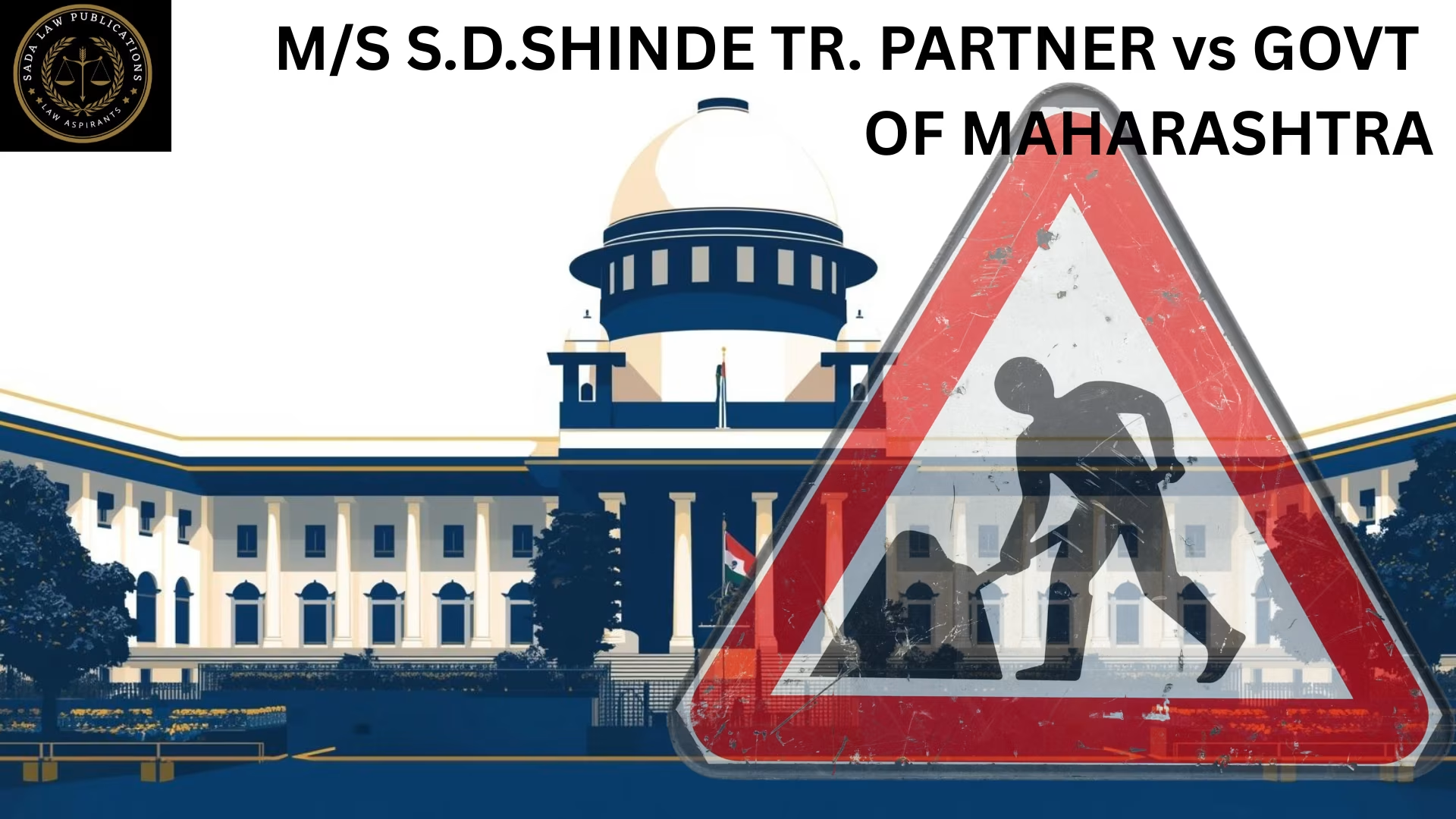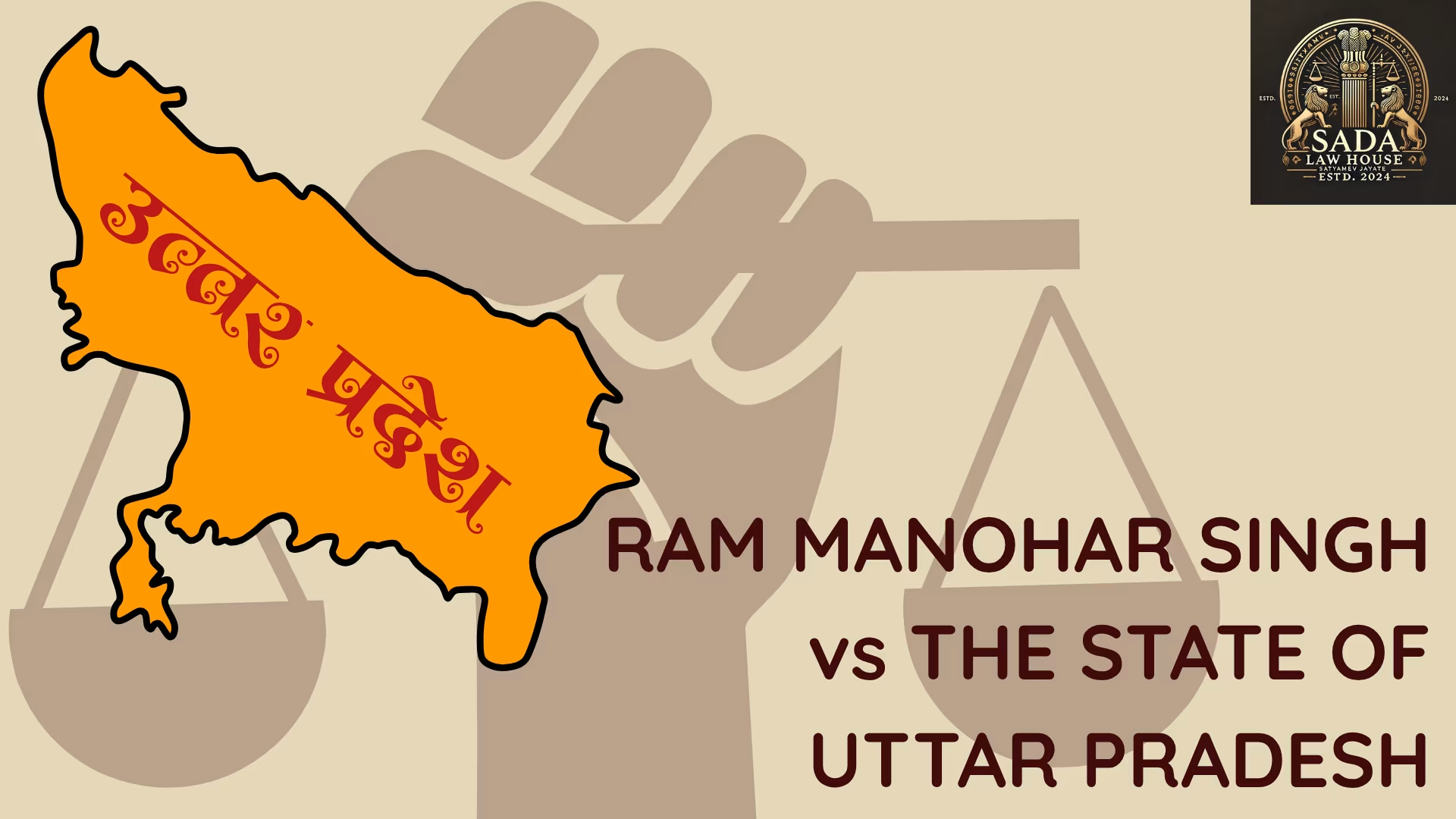Uggarsain v. State of Haryana – Supreme Court on Uniformity and Proportionality in Sentencing for Group Offences
- Justice S. Ravindra Bhat and Justice Dipankar Datta
- 3 July 2023

Introduction
This case arises from an appeal against the judgment of the Punjab and Haryana High Court, which altered the conviction of the accused from murder under Section 302 IPC to culpable homicide not amounting to murder under Section 304 Part II IPC. The High Court further reduced the sentences to the period already undergone. The appellant, Uggarsain (informant/complainant), challenged this decision, arguing for proportionality and uniformity in sentencing, as the High Court’s approach resulted in glaring disparities in punishment despite similar roles of the accused.
Facts of the Case
On 7 March 2012 (Holika Dahan eve), Krishan (A-1) insulted Subhash (deceased).
Next morning, Brahmjit (Krishan’s son) assaulted Subhash with a danda.
Later, a group of accused, armed with weapons, attacked Subhash, Sita Ram (PW1), Uggarsain (the appellant), and Pawan near their residence.
Subhash sustained severe head injuries and died after a few days in hospital.
FIR was initially filed under Sections 147, 148, 149, and 323 IPC; after Subhash’s death, Section 302 IPC was added.
The Trial Court convicted all eight accused under Sections 148, 323, and 302 read with Section 149 IPC, sentencing them to life imprisonment.
The High Court altered the conviction to Section 304 Part II IPC and sentenced each accused to the period already undergone, leading to vast discrepancies (from 11 months to over 9 years).
Issues of the Case
Was the High Court justified in altering the conviction from murder (Section 302 IPC) to culpable homicide not amounting to murder (Section 304 Part II IPC)?
Was it correct for the High Court to reduce the sentence to “time served,” leading to arbitrary disparities among similarly placed convicts?
What constitutes a proportionate and uniform sentence in cases involving group offences?
Judgment
The Supreme Court criticized the High Court’s reasoning as “inexplicable, if not downright bizarre,” noting that sentencing should not create arbitrary disparities when the roles of accused are indistinguishable.
Proportionality Principle: Sentences must reflect the seriousness of the crime and be consistent across similarly placed accused.
Uniform Sentencing: The High Court erred by treating “sentence undergone” as the basis, disregarding the gravity of the offence and injuries.
Factors Considered:
Serious head injuries suffered by the deceased (at least six).
Presence of deadly weapons.
Injuries to multiple members of the complainant party.
Final Decision:
Krishan and Brahmjit: Sentence not disturbed, as they already served over five years.
Other accused (Raju, Parveen, Sunder s/o Amit Lal, Sandeep, Nar Singh, Sunder s/o Rajpal): Sentenced to five years rigorous imprisonment. They were directed to surrender within six weeks.
Appeals were partly allowed.
Conclusion
The judgment reinforces the importance of consistency, fairness, and proportionality in sentencing, especially in group offences where individual roles cannot be clearly distinguished. The Supreme Court corrected the disparity created by the High Court’s flawed “time served” approach and set a guiding precedent that sentences must correspond to the gravity of the crime and remain uniform across similarly situated convicts.
Case Laws






